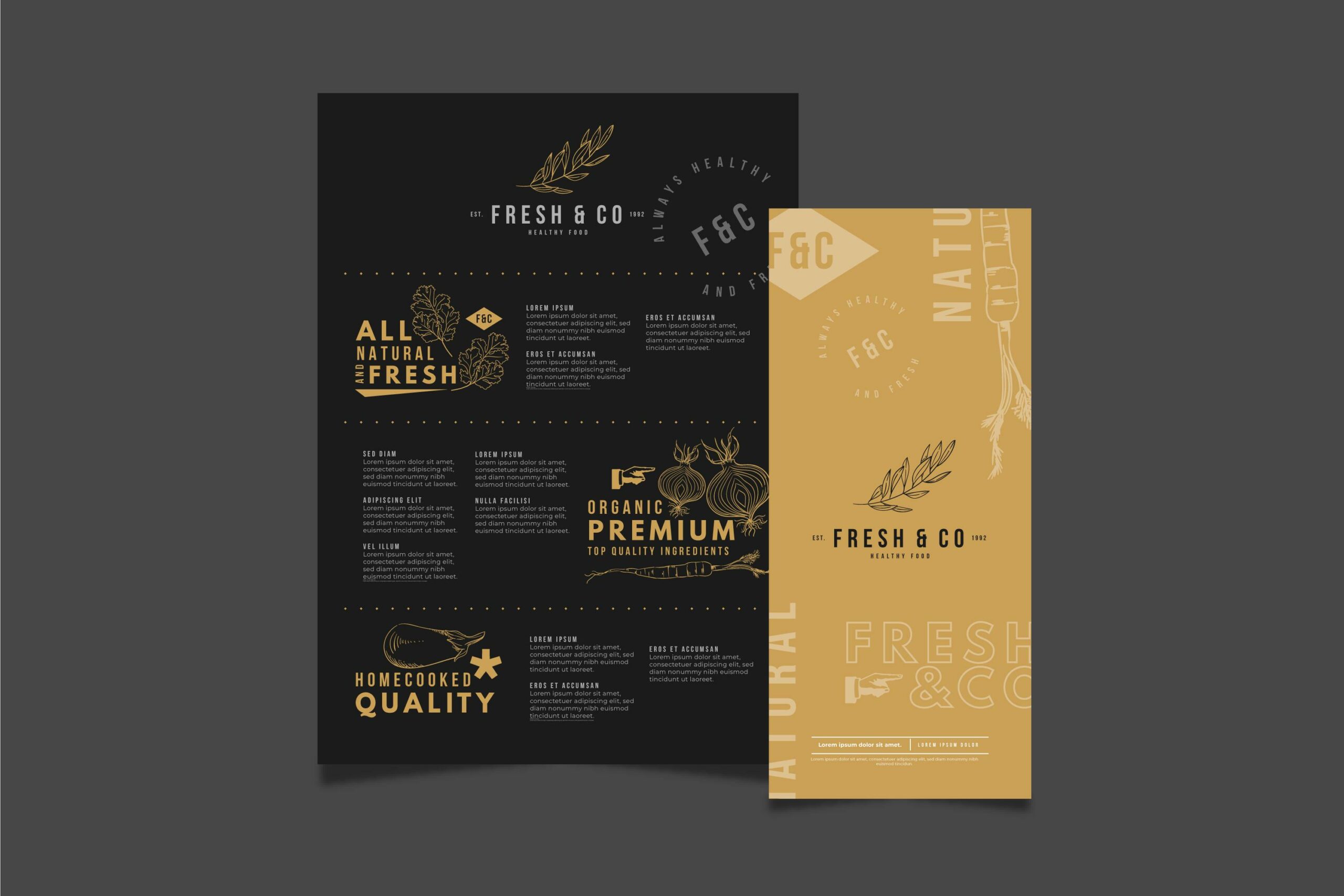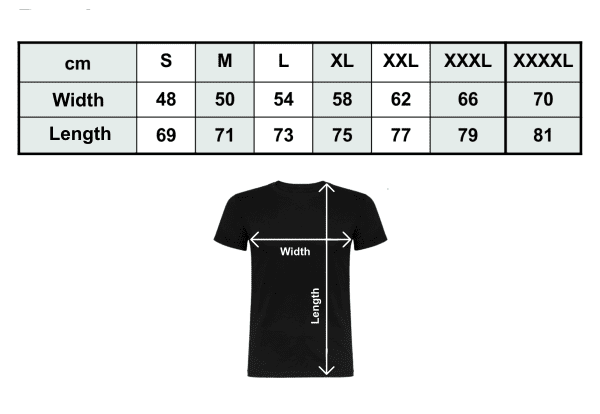Ever walked into a cafe and felt like the menu just spoke to you? It’s not by accident. Behind every successful cafe or restaurant, there is a carefully crafted menu, designed not just to inform but to entice. Imagining a world where every dish calls out to be tasted is the first step towards creating a menu that not only showcases the culinary journey of the establishment but also enhances the dining experience.
Understanding Your Audience
Before diving into the aesthetics, understanding who will be reading the menu is crucial. Whether it’s a trendy urban cafe frequented by millennials or a family-oriented restaurant, the design and language should reflect the preferences of its regular patrons. This connection is what turns first-time visitors into regulars.
Creating a Visual Hierarchy
A well-organized menu guides the eye smoothly from one section to another. Using bold headings, italics, and varied font sizes can help highlight signature dishes or specials. Remember, the goal is to make the menu readable and engaging. The use of colors should complement the restaurant’s theme, creating a cohesive visual experience that starts with the menu and extends throughout the dining area.
Descriptive and Appetizing Language
Imagine a dish described not merely as ‘grilled chicken’ but ‘char-grilled, free-range chicken with a hint of rosemary and thyme, served with a side of organic, sun-kissed vegetables’. Such descriptions not only tease the taste buds but also paint a picture of freshness and quality. Using evocative language can turn a simple menu into a compelling narrative of your culinary offerings.
Seasonal and Local Flavors
Incorporating seasonal ingredients not only supports local agriculture but also keeps the menu exciting and fresh. Highlighting seasonal specials can create anticipation among patrons, prompting return visits to try the new offerings. This strategy also positions the restaurant as environmentally conscious and community-oriented, appealing to a growing demographic interested in sustainability.
Menu Layout and Design
The layout of the menu should be intuitive, allowing customers to easily find what they’re looking for. Grouping items logically, such as having all vegetarian dishes in one section, can enhance the dining experience by making the menu more navigable. Think about the journey you want your customer to take. Should they start with shared appetizers before exploring main courses? Or perhaps, the focus should be on signature drinks? Designing your menu layout to reflect the dining experience you aim to provide will make a significant difference.
Photography and Artwork
They say a picture is worth a thousand words, and in the context of menu design, this couldn’t be truer. Including professional photos of your dishes can instantly make the menu more appealing. However, it’s crucial to ensure that the food looks as good in person as it does in pictures to avoid disappointing customers. Alternatively, artistic illustrations of ingredients or thematic elements related to the cuisine can add a unique charm without setting unrealistic expectations.
Psychological Pricing Strategies
Understanding the psychology behind pricing can significantly affect how the menu is perceived. Techniques such as omitting the currency symbol or ending prices with ‘.95’ instead of round numbers can subtly encourage more spending. Additionally, positioning higher-priced items at the top of the menu can make the rest of the items seem more reasonably priced in comparison.
Specials and Promotions
Featuring daily or weekly specials can provide a dynamic element to your menu. This keeps the content fresh and encourages customers to try new dishes. Highlighting these specials or promotions prominently on the menu can guide customers towards these choices and can be a great way to test new dishes before adding them permanently.
Feedback and Evolution
Lastly, it’s crucial to listen to customer feedback and be willing to make adjustments. A menu should be a living document that evolves. Regularly updating the menu not only keeps it exciting for repeat customers but also allows the restaurant to adapt to changing tastes and dietary needs. Whether it’s incorporating gluten-free options or experimenting with fusion dishes, responsiveness to feedback reflects a commitment to customer satisfaction.
Conclusion
Designing the perfect menu is more than just listing available dishes; it involves storytelling, psychology, and a deep understanding of your brand and your audience. By thoughtfully considering each aspect—from the descriptions and layout to the visual elements and pricing strategies—you can create a menu that delights and engages every customer who walks through your doors. Isn’t it time your menu got as much attention as your cuisine?





